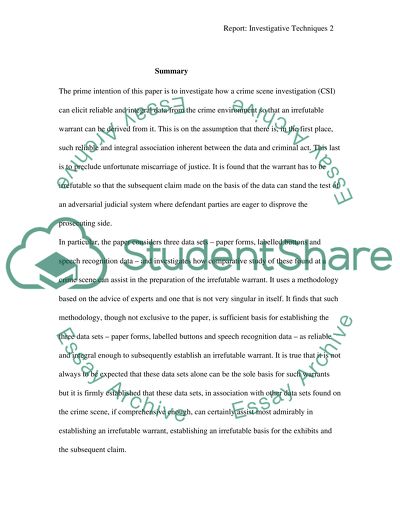Cite this document
(“Crime Scene Investigation Essay Example | Topics and Well Written Essays - 2000 words”, n.d.)
Crime Scene Investigation Essay Example | Topics and Well Written Essays - 2000 words. Retrieved from https://studentshare.org/law/1523158-crime-scene-investigation
Crime Scene Investigation Essay Example | Topics and Well Written Essays - 2000 words. Retrieved from https://studentshare.org/law/1523158-crime-scene-investigation
(Crime Scene Investigation Essay Example | Topics and Well Written Essays - 2000 Words)
Crime Scene Investigation Essay Example | Topics and Well Written Essays - 2000 Words. https://studentshare.org/law/1523158-crime-scene-investigation.
Crime Scene Investigation Essay Example | Topics and Well Written Essays - 2000 Words. https://studentshare.org/law/1523158-crime-scene-investigation.
“Crime Scene Investigation Essay Example | Topics and Well Written Essays - 2000 Words”, n.d. https://studentshare.org/law/1523158-crime-scene-investigation.


